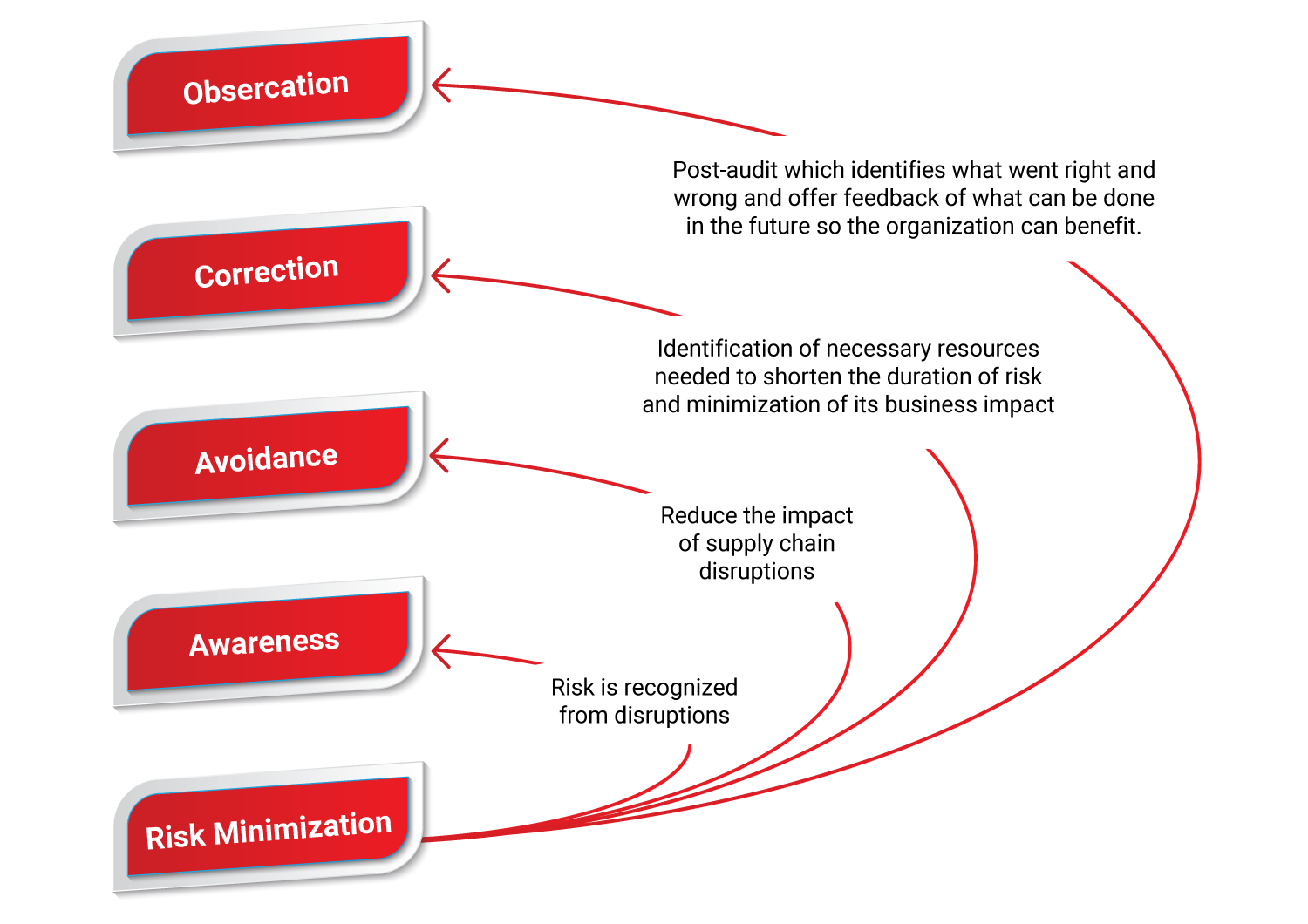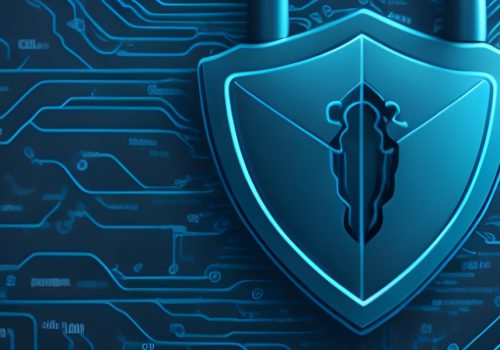Organizations around the world, either big or small, can be affected by ‘disruptive incidents’. Such incidents may be deliberate, accidental or even natural disasters which can cause severe damage to the organization. However, even if such incidents occur, the organizations need to be prepared to stand on their feet and continue their activities. This can be done through building processes which identify risks and vulnerabilities to which the organizations are exposed while providing frameworks to build organizational resilience for an effective response.
In the supply chain, having a business continuity management system established is of uttermost importance for mitigating risk and optimizing efficiency. If the supply chain has their own business continuity management established in accordance with the organizations’ requirements, the potential disruptions can be detected earlier and ensure rapid recovery. However, the supplier’s business continuity plans will always be aligned with their process, procedures operations and objectives, thus, you should make sure that their plans regarding any disruptions would also minimize the risk of disruptions in your business.
Supplier efficiency optimization
Today’s markets are becoming more and more turbulent, where supply chains have become a concern for many organizations. With the increase of global sourcing, the supply chain has become more complex and faced with higher risk due to disruptions caused by changes in political or regulatory environments, terrorism, and communication and transportation delays. In order to remain competitive, many supply chains are providing services or products with lower cost and perhaps with improved efficiency. This is mainly done through outsourcing, where organizations seek to lower their cost but add more complexity to the supply chain since the visibility of supplier risk is lower which slows down the process of disaster recovery.
In order for suppliers to be as effective as possible the following process needs to be followed:
• Before collaborating with suppliers, the organization needs to establish its own requirements. That entails developing a business plan where the organization prioritizes the supply chain processes, determines recovery time objectives and does a business impact analysis.
• Gather information about all the suppliers and map a supply chain from raw materials to final customers. The supply chain can incorporate a network which brings together all the manufacturing and distribution centers; connecting by transportation services which facilitate the delivery of goods. Additionally, the network could also incorporate the flow of services such as information and communication supported by data centers. Suppliers in these networks may include raw material providers, transportation carriers, telecommunication carriers, application service providers, IT outsourcing providers, etc.
• After mapping the supply chain, we identify our key suppliers and assess the probability of disruptions or business failures.
• With the business continuity priorities in place and the key suppliers identified, work must be done on filling the gaps in our supplier’s business continuity strategies and our own strategies.
• In the case of a crisis, which is the reasoning behind our business continuity process, we need to know whether we can rely on our suppliers. This can be done through:
1. Trained emergency response teams who have defined roles, procedures and communication protocols for emergency responses.
2. A crisis management team who have assigned roles and responsibilities for specific processes.
3. A command center where all decision makers are joined in a communication hub.
To establish a good supply chain continuity plan the right questions need to be asked. Therefore, strong supply chain continuity depends on how strongly; well-chosen and well managed a relationship between the business partners is in times of crisis. The benefits of such relationships include a potential for greater business success in the future.
Supplier risk minimization
In order to effectively manage supply chain risk, a business continuity manager should asset the following information:
1.Identify the organizations’ critical activities so critical suppliers are chosen.
First of all, the continuity manager should educate the organization on how to make ‘risk aware’ purchasing decisions. That is usually done by selecting the critical supplier to the organization. Secondly, a supplier strategy must be established, with detailed purchasing strategies, in order to mitigate future risks. This can be done through buying from multiple suppliers and ensuring they have excess capacity. Thirdly, the organization must be educated on how to examine the supplier itself, rather than the product they offer. This means that the buyer should evaluate all the products that are being supplied; the history of products supplied, financial stability, etc.
2.Evaluate the potential harm from loss of a supplier through BIA (Business Impact Analysis)
It is crucial for the business continuity manager to know which suppliers are critical and the impact of their failure to the organization. Further, the entire staff must be trained in incident management in case of a potential failure, so they know how to respond. Additionally, the personnel must closely monitor suppliers so that any potential defect is detected earlier.
3.Undertake risk assessment to understand the risks that could affect the supplier.
The business continuity manager is responsible for helping the suppliers improve their business continuity planning. Most of the suppliers are usually smaller than the organization itself; therefore they do not have a designated person dealing with continuity management. Being so, the business continuity manager should work in partnership with suppliers and incorporate them in any awareness session regarding future risks.
PECB
PECB is aware of the importance of business continuity in organizations supply chain and offers ISO 22301 training courses and certification. Organizations that implement this standard will ensure that their operations will continue no matter the disruptions and that their products and services are delivered at predefined levels. PECB as a global provider of training, examination, audit, and certification services is committed to supporting organizations to achieve optimal operational efficiency with a proper BCP and a professional staff.










